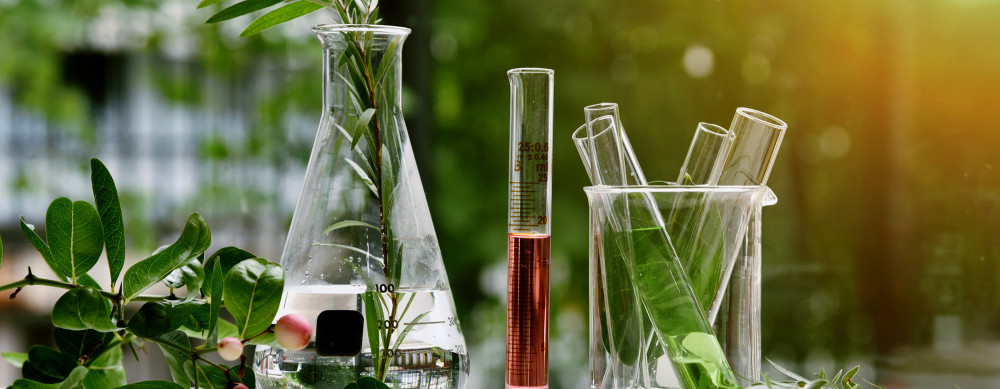Clean Production Action is pleased to announce the publication of the final version of the GreenScreen v1.2 Chemical Hazard Assessment Procedure (Guidance). The Guidance is full of helpful information to facilitate clear and effective use of the GreenScreen v1.2 method to assess and classify hazards, apply the Benchmarks and make informed decisions.
Download the final guidance document here.
Here you’ll find best practices in dealing with hazard assessment and classification, benchmarking, data gaps, identifying feasible and relevant transformation products, reporting on mixtures and more.
GreenScreen is the first free, publicly accessible screening that identifies chemicals that are less hazardous for humans and the environment. The goal of GreenScreen is to promote the design, manufacture and use of safer chemicals. It is an important roadmap to green chemistry and is already helping major companies and governments to substitute hazardous chemicals with safer alternatives.
Leading brands are using GreenScreen. For example, Hewlett Packard requires all its suppliers to provide GreenScreen assessments for chemicals they are replacing – such as toxic flame retardants -- and to avoid GreenScreen “Benchmark 1” (most hazardous) chemicals.
This year for the first time, the U.S. Green Building Council incorporated health considerations into its LEED v4 standard for building materials and now offers credits for using GreenScreen. Eight states also point to GreenScreen as a preferred method for assessing chemical hazards.
See our video: How GreenScreen Can Help Your Company Shift to Safer Chemicals


